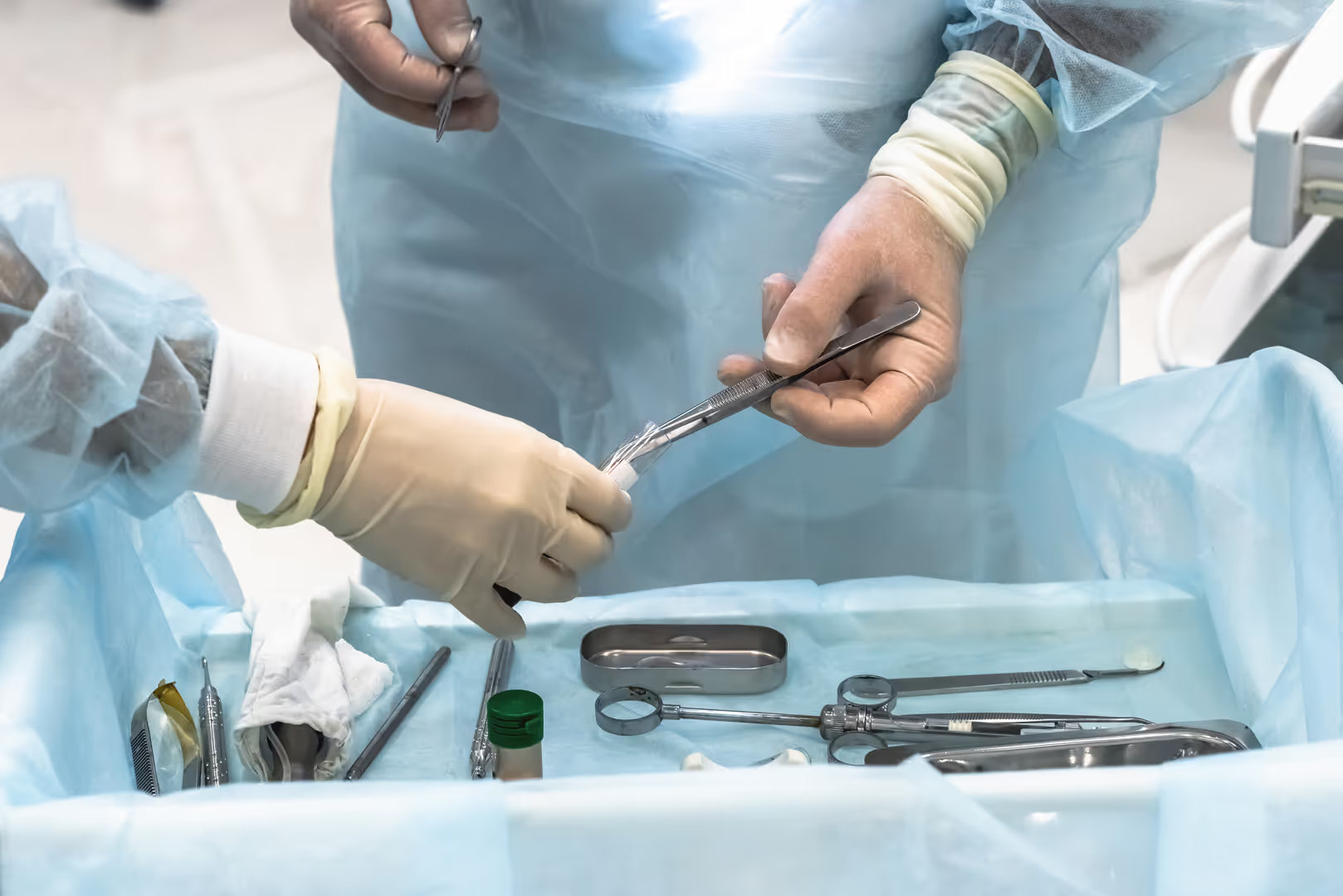What does Grafting mean?
Grafting is a surgical procedure that is essential for patients who have areas of bone loss around the jaw. Bone loss can often occur as a result of a variety of different conditions. From gum disease to having had extractions done, bone loss can cause your face to look sunken-in and make implants difficult or even impossible to place. Grafting is part of our surgical procedure when we extract teeth or do open bone biopsies.
Why is Grafting needed?
The most common reason for needing bone grafting is because you have areas of bone loss around your jaw. The most common cause of bone loss is tooth loss. When teeth are extracted, if the area isn't grafted, the bone will shrink and lose volume and density. Therefore, when we extract teeth in our office, we graft. Another common cause of bone loss is a prior extraction site that did not heal properly. It can leave a hollow area in the bone that does not have proper blood flow. Gum disease is an incredibly common condition that can cause bone loss over time. In either case, grafting is essential if you wish for your bone in the area to improve and heal properly.
Who is a candidate for grafting?
To determine if you might need bone grafting done, we will conduct both an exam and take x-rays. The x-rays can help alert us if there are areas of bone loss around the jaw and if so, the best way to go about placing the new bone material. We will consult with you to determine the best course of action when placing the bone and having the procedure done in our office.
What is the process of a biological extraction?
Biological extraction isn't just about pulling the tooth. That is just step one! You want someone who knows how to not just remove the tooth but restore the meridian. It goes beyond just pulling the tooth. That is half the job. The dentist must also pull the periodontal ligament completely to the point of restoring the meridian connection. For extractions other bony surgeries, our process is this: After numbing our patient, we draw enough blood to be able to do the socket graft afterward. Sometimes it’s 4 tubes of blood. Sometimes it’s 24. Sometimes the blood draw is before the surgery, sometimes it's after. It depends on the number of teeth involved and the severity of the bone defect/s we need to graft. We use that blood to make something called Platelet Rich Fibrin, also known as PRF. We draw a person's own blood and concentrate it by letting the platelet-rich fibrin separate from the blood cells in the centrifuge. When we remove a tooth, we make sure to remove ALL of the periodontal ligament, also know a as PDL, or diseased bone in other bony defects. We also use electro acupuncture according to Voll, also known as EAV, to make sure we restore the bioelectric communication between the cells that the dead tooth or bony defect has blocked. Then we mix the PRF with the graft material and create a wonderful putty like substance called "Sticky Bone". After filling the bone defect with the sticky bone, we suture it all in with a PRF membrane, also made from their own blood. No chance of rejection that way. After all of that, we use ozone to fully sterilize the surgical site, oxygenate the graft, and help enhance healing.
We do grafts in all surgical sites, because it prevents infection and future bony defects, as well as helping the surgical site retain its shape and size. The bone graft forms a matrix - like a scaffold around which your own bone will build. Eventually, over the course of about 4 months, the grafted material is replaced by your own bone.
If you think you might benefit from bone grafting, call our office today and we will be more than happy to further assist you in answering your questions.
Want to learn more about the full biological extraction process and how PRF works? Read our blog post here.









